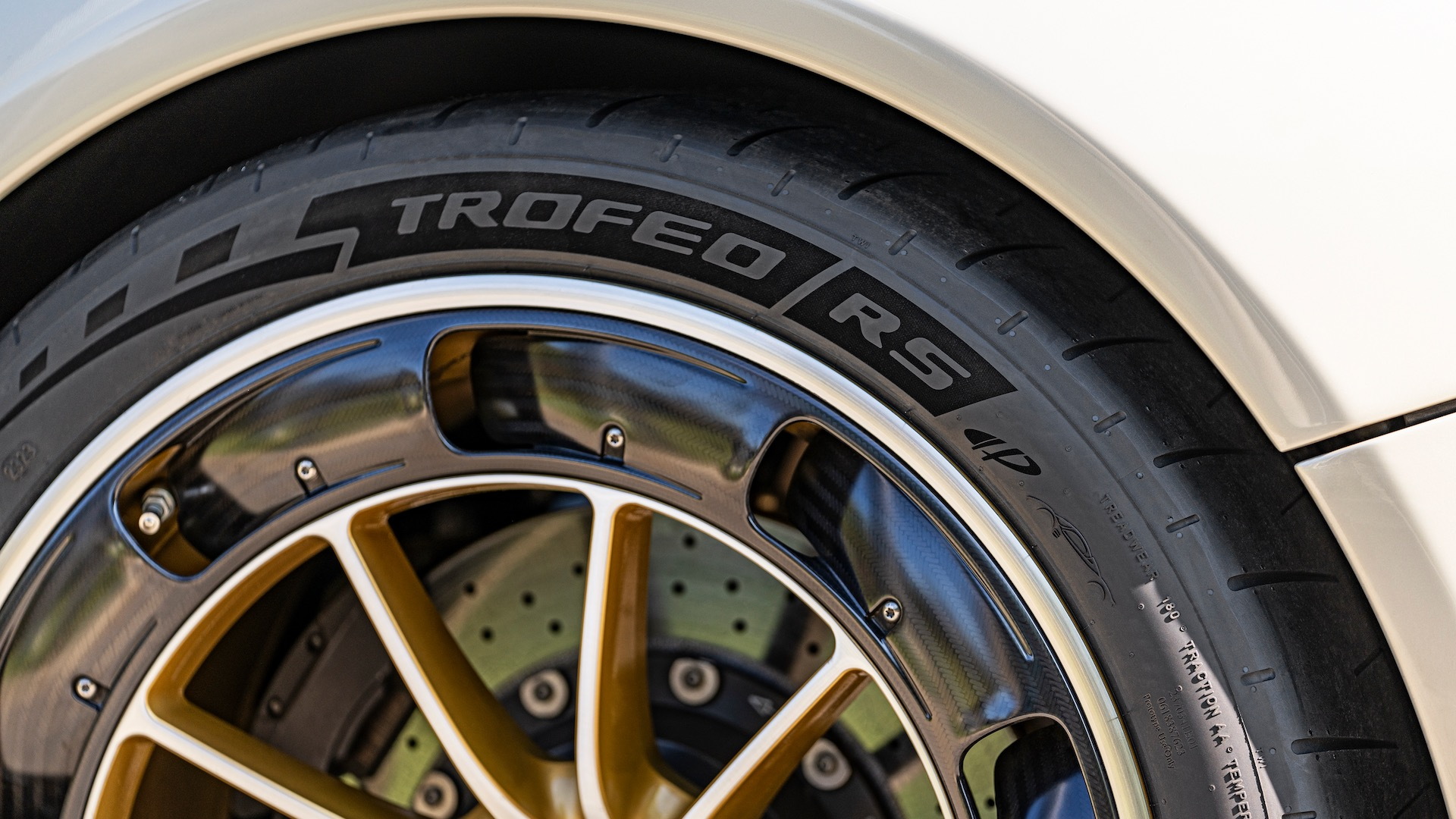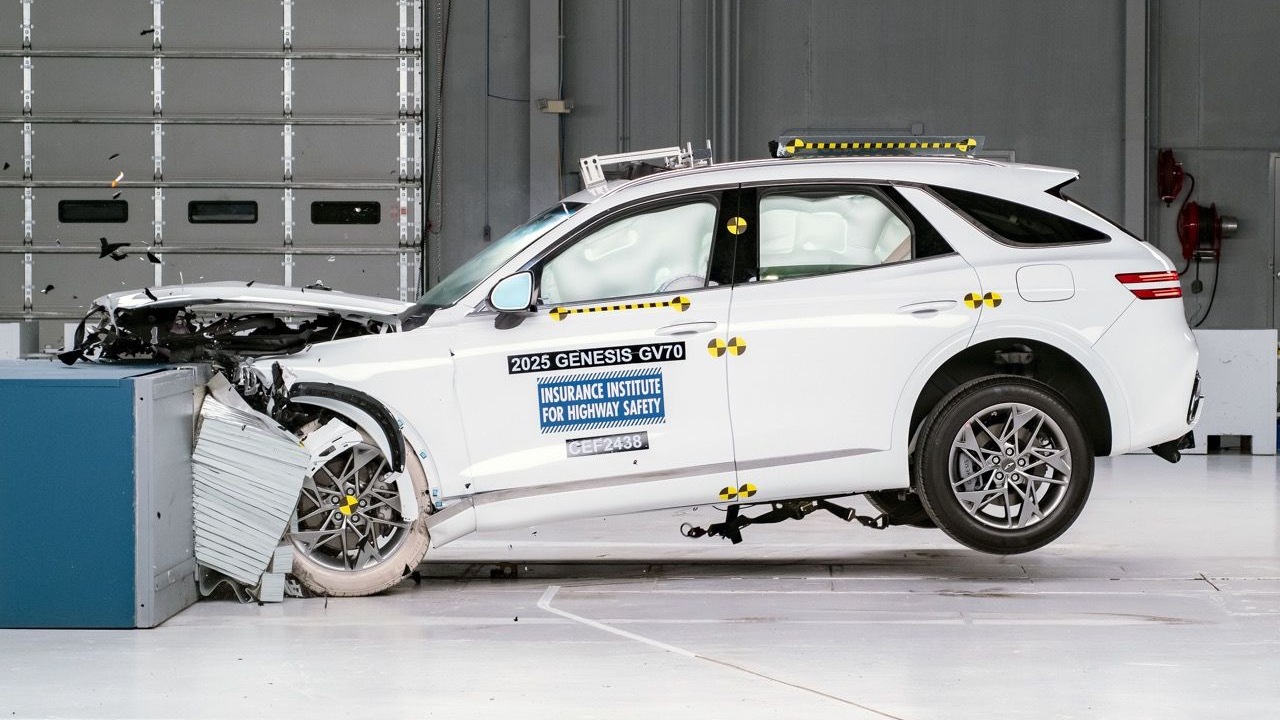Rubber tires inevitably wear out. As they do so, they release particles that recent research has cited as a significant form of pollution. A recently surfaced Ford patent application hints at a solution to this problem.
Published by the United States Patent and Trademark Office (USPTO) Aug. 8, 2024, after being filed by Ford in January, the application details a system for capturing dust particles from tires before they can escape from a vehicle's wheel well and pollute surround air and water.

Ford tire dust collector patent image
The system relies on wheels being surrounded by what Ford calls a "guide channel" with aerodynamic elements that would funnel dust into it. A liquid-spray device would assist with this by wetting the dust down to prevent it from wafting out of the wheel well. The resulting slurry of dust mixed with the liquid spray would then be conveyed from the wheel well into an onboard filter, which could be periodically cleaned to remove the accumulated dust.
A coupe of studies have sounded the alarm bell on tire particles as a form of pollution. One 2023 study found that half of all particulate emissions came from tires and brakes rather than tailpipes. A 2020 study declared that emissions from tires and brakes in the form of particulates was up to 1,000 times higher than from tailpipes.

2025 Ford Mustang 60th Anniversary Package in Brittany Blue
In both cases, researchers compared particulate emissions from tires and brakes to those from the exhaust of combustion vehicles. Exhaust also contains other pollutants, including greenhouse gases that contribute to climate change.
No obvious solution for reducing tire wear has appeared, but in 2020 a group of U.K. researchers calling themselves the Tyre Collective unveiled a device for collecting tire dust that works in a different manner than Ford's. A device mounted near the tire used electrostatic plates to attract dust particles. Captured particles were stored in a cartridge and could then be used in making new tires, researchers claimed.












